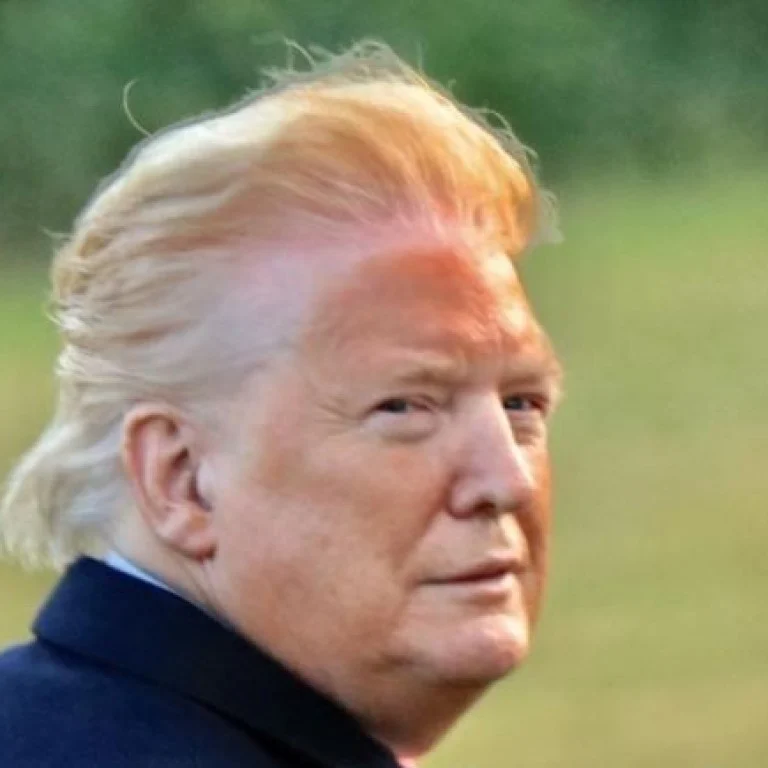
It’s two sided.
Yes you waste money by not exporting the electricity-transformed version of your resource (wind, sun, chemical potential, etc.).
But on the flip side if you export lower across your whole site, this means more losses at the inverters which can shorten operational lifetimes and lead to quickened inverter failures and needs for replacement. Those maintenance costs eat into your profit as well.
As someone in the industry, I’d imagine that inverter-based producers really just react to the rate structures of whatever grid and utility they hook up to. If the incentives of that utility favor one mode of operation during supply-demand mismatches - such as complete site curtailment - then that is what generators will do. If the incentives favor partial generation where only certain blocks of your solar or wind or BESS plant are switched off while others remain on, then we could see more producers do that.
Ultimately though you need to have a way to operate your site in those conditions to help balance out operation and nonoperation. If whenever a curtailment signal comes to your site, and in response you always shut off Block B while leaving Block A on, then Block A will experience accelerated lifetime degradation over Block B. Inverters, transformers, cables, panels will fail faster in Block A than Block B. But if you could rotate your curtailment/demand response such that certain blocks/strings are used sequentially and that lifetimes are averaged out, this might solve the problem. Think about how farmers rotate which crops they plant in which of their fields to avoid famine and soil degradation.
I think demand response is taking off in the utilization markets like in buildings and industrial settings, but really I think the principles we’ve learned from that should be carried over to generation markets as well. It’s only a matter of time as the industry matures and smart technology penetrates the grid and generation markets.






Lines, network transformers, insulators, surge arresters, reactors, sectionalizers, etc.
But yes